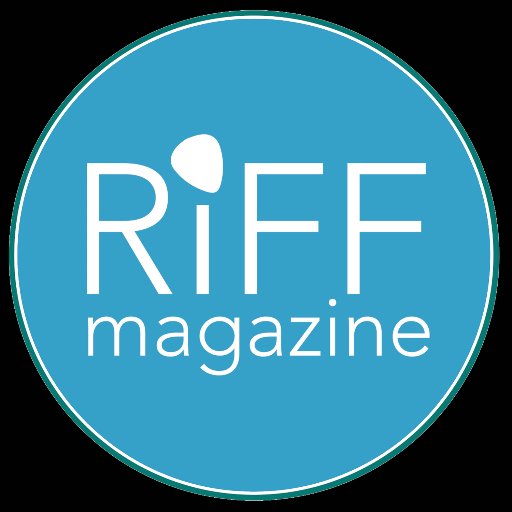Next Upcoming Show
7:00PM @ Friends of Chamber Music of Troy New York
Albany, NYFriday, April
26
Learn MoreALBUM REVIEW: Third Coast Percussion frolics in Blood Orange’s beautiful ‘Fields’

Published on October 11, 2019
by Max Heilman | Share this post!
“Third Coast Percussion makes Fields a joyous listen, breathing vitality and dexterity into Hynes’ idiosyncratic arrangements.”
“…, the group’s prowess is palpable and compelling.”
“As a unique vantage point on a musician’s creative potential, [Fields] is indispensable.”
When R&B visionary Blood Orange announced a classical album, what would result was anybody’s guess. Devonté Hynes traces his musical interest back to composers like Claude Debussy, so in many ways these compositions are a full circle moment for him. He wrote and conceptualized Fields on a digital interface, and left the rest to the Grammy-winning ensemble Third Coast Percussion. The players’ interpretation and performance of Hynes’ material is breathtaking enough, but the songwriter’s personality and attention to aesthetic shines through on Fields to an engrossing effect.
The first 11 tracks are united under the banner of “For All Its Fury.” Just by listening to the first two tracks, it’s hard to think of any fury disturbing this calm. “Reach” and “Blur” deliver their respective soundscapes of angelic chimes and submerged marimbas. The album’s impressionistic minimalism links back to the immersive ambience of Blood Orange’s 2018 album, Black Swan. His knack for quiet grandiosity was surely evident on the digital files sent to Third Coast, but the ensemble’s impeccable dynamics give power and urgency to Hynes’ vision.
The nuanced decrescendo of the intro vibraphone arpeggios on “Coil” is only the tip of the iceberg in terms of Third Coast’s unbelievable control and musicality. As dazzling scales sweep over the layered melodies and rhythms, the group’s prowess is palpable and compelling. Anyone familiar with percussion ensemble music will adore the dancing rhythms of “Press,” as the timbre of each instrument remains clear in the mix and necessary. One can only imagine how ecstatic Hynes was on hearing his midi music supercharged with such voracious dynamics and technical faculty. “Gather” juxtaposes those speedy chops with warm dronescapes, but the bulk of the record centers on vast tranquility.
There’s a noticeable undercurrent of oceanic synths filling in the gaps on cuts like “Wane,” “Curl” and “Tremble.” It’s here where Fields is more akin to straight-up ambient music, with the mallet percussion instruments taking a more free-improv form. The music’s amorphous quality plays into “Hush” and “Cradle,” which both seem to take on a traditional bell choir feel. The chimes are so pristine that the mere act of listening to them is pleasing. The fact it gradually adds up into a rapturous progression just makes it better.
The title track ends the “For All Its Fury” portion of Fields in a satisfying journey through all the previously introduced attributes. The ensemble’s intuitive execution of Hynes’ idea is incredible, considering the writer wasn’t there to guide the players through the arranging, practicing and recording process. It’s a vast journey through a singular vision, while the two standalone tracks feel a bit more like potential Blood Orange instrumentals.
It’s easy to imagine how spiraling arpeggios and polyrhythmic rhythmic structure of the 11-minute “Perfectly Voiceless” could translate onto a slick R&B track. But in the hands of Third Coast Percussion, the diverse vibe and visceral delivery gives the foundational ideas a myriad of unique voicings. The middle section divulges into a bizarre tapestry of tone manipulation, a testament to this group’s ability to both perfect and manipulate its instrumental palette.
Album closer “There Was Nothing” reaches the closest to what people would normally expect from Hynes. Swelling synths coincide with bowed vibraphone bars to create a massive soundscape, but it all leads to a bumping hip-hop beat. This bridge between Hynes’ past, present and future is a vital look into his mind as an artist.
Third Coast Percussion makes Fields a joyous listen, breathing vitality and dexterity into Hynes’ idiosyncratic arrangements. As an ensemble performance piece, it succeeds. As a unique vantage point on a musician’s creative potential, it’s indispensable.

